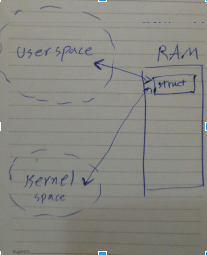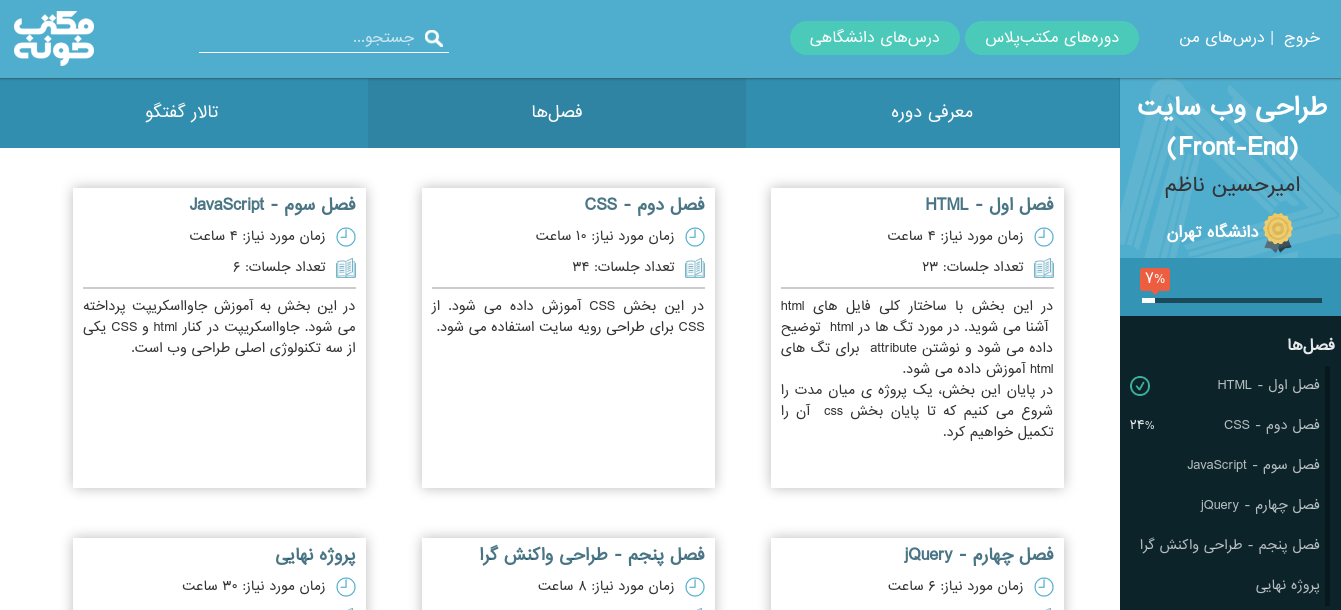Part 1.3
implementing user and kernel program
TO GET THE FULL TUTORIAL YOU CAN EMAIL ME
What we want to do :
in this section we want to implement kernel program through system calls to gather the information we want, we aslo want to implement simple user space program in C language to call our systemcall and show it in nice format to the user.
the idea here is simple I show the concept and steps here, after that I will implement them one by one.
Idea:
All we should do is the user space and kernel space point to the same RAM address like this:

so we should pass our structs by reference to system call, like bellow:

now we have the value of every thing that has changed in kernel mode.
TO GET THE FULL TUTORIAL YOU CAN EMAIL ME














